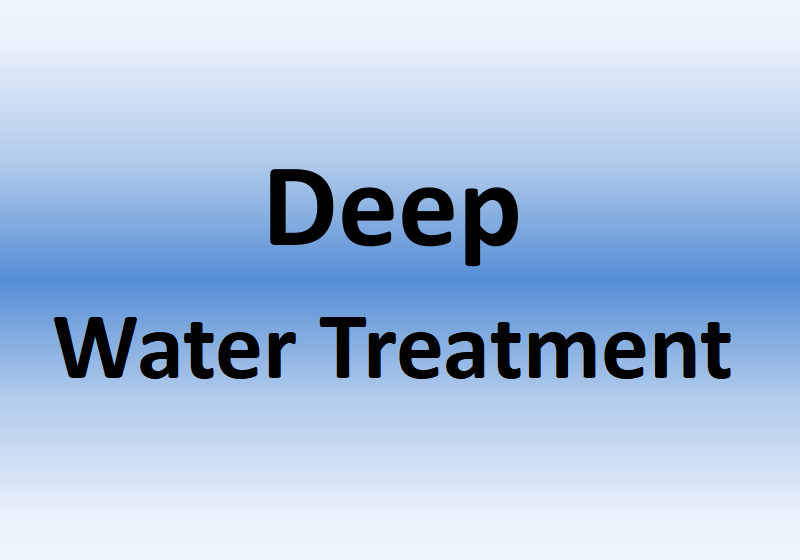Deep Water Treatment 4/4
Deep Wastewater Sewage Water Treatment is also called Advanced Treatment or Tertiary Treatment. It further conducts physical, chemical and biological treatment on the secondary treated water to effectively remove various impurities in the sewage, so as to meet the user's requirements for water quality.
There are several common technologys for Deep Sewage Treatment.
1.Activated Carbon Adsorption and Ion Exchange Wastewater Treatment Technology
2. Membrane Separation Technology
3. Advanced Oxidation Technology
5. Wet Catalytic Oxidation Technology
6. Supercritical Water Oxidation Technology
7. Photochemical Catalytic Oxidation Technology
8. Electrochemical Oxidation Technology
9.Ozone Oxidation Technology
10.Ultrasonic Degradation Technology
11.Radiation Technology
9.Ozone Oxidation Technology
Ozone has a strong oxidizing property, which reacts with many organic substances or functional groups to effectively improve water quality. Ozone can oxidize and decompose the color and smell caused by various impurities in water, and its decolorization effect is better than that of activated carbon; It can also reduce the effluent turbidity, play a good role in flocculation, improve the filtration rate or extend the filtration period.
10.Ultrasonic Degradation Technology
The ultrasonic radiation degradation method mainly comes from the cavitation bubbles generated by the liquid under the ultrasonic radiation, which can absorb sound energy and collapse to release energy in a very short time, and generate a high temperature of 1900~5200 K and a high pressure of more than 50 MPa in a very small space around it. The water molecules entering the cavitation bubble can decompose to produce OH with high oxidation activity, which can induce the degradation of organic matters; In addition, water molecules on the surface of cavitation bubbles can form supercritical water, which is conducive to the improvement of chemical reaction speed.
Ultrasound has significant effect on the dehalogenation and oxidation of halides. The final degradation products of chlorinated organics such as chlorophenol, chlorobenzene, CH2Cl2, CHCl3, CCl4 are HCl, H2O, CO, CO2, etc. Ultrasonic degradation of para nitro compounds is also very effective. The addition of oxidants such as O3, H2O2 and Fenton reagent will further enhance the ultrasonic degradation effect. The combination of ultrasound and other oxidation methods is the current research focus, such as US/O3, US/H2O2, US/Fenton, US/photochemistry. At present, the research on degradation of water pollutants by ultrasonic radiation is still in the experimental exploration stage.
11.Radiation Technology
The radiation method uses high-energy rays( γ、χ X-ray) and electron beam. It is generally believed that the reaction mechanism of organic wastewater treatment by radiation technology is that water generates highly active particles such as • OH, H2O2, • HO2 under the action of high-energy radiation, and then these highly active particles induce reactions to degrade harmful substances. The radiation method has the advantages of high efficiency and simple operation. The main problems of this technology are that the devices used to generate high-energy particles are expensive, the technical requirements are high, and the energy consumption of this method is large, and the energy utilization rate is low; In addition, special protection is required to avoid the harm of radiation to human body.
#QDEVU #WATERTREATMENT #WASTEWATERTREATMENT #SEWAGEWATERTREATMENT #DEEPTREATMENT #ADVANCEDTREATMENT #TERTIARYTREATMENT



